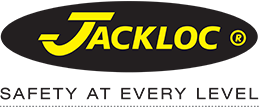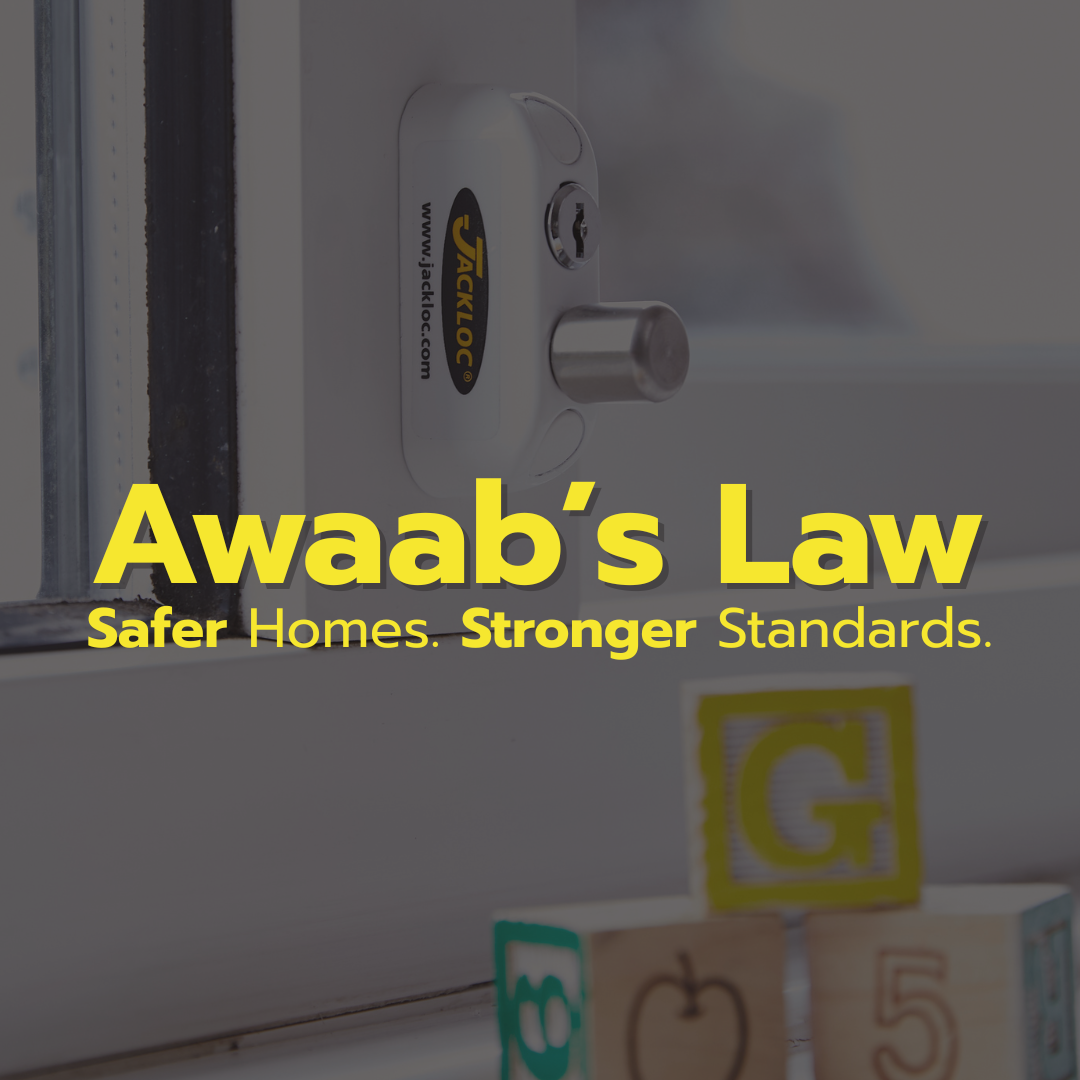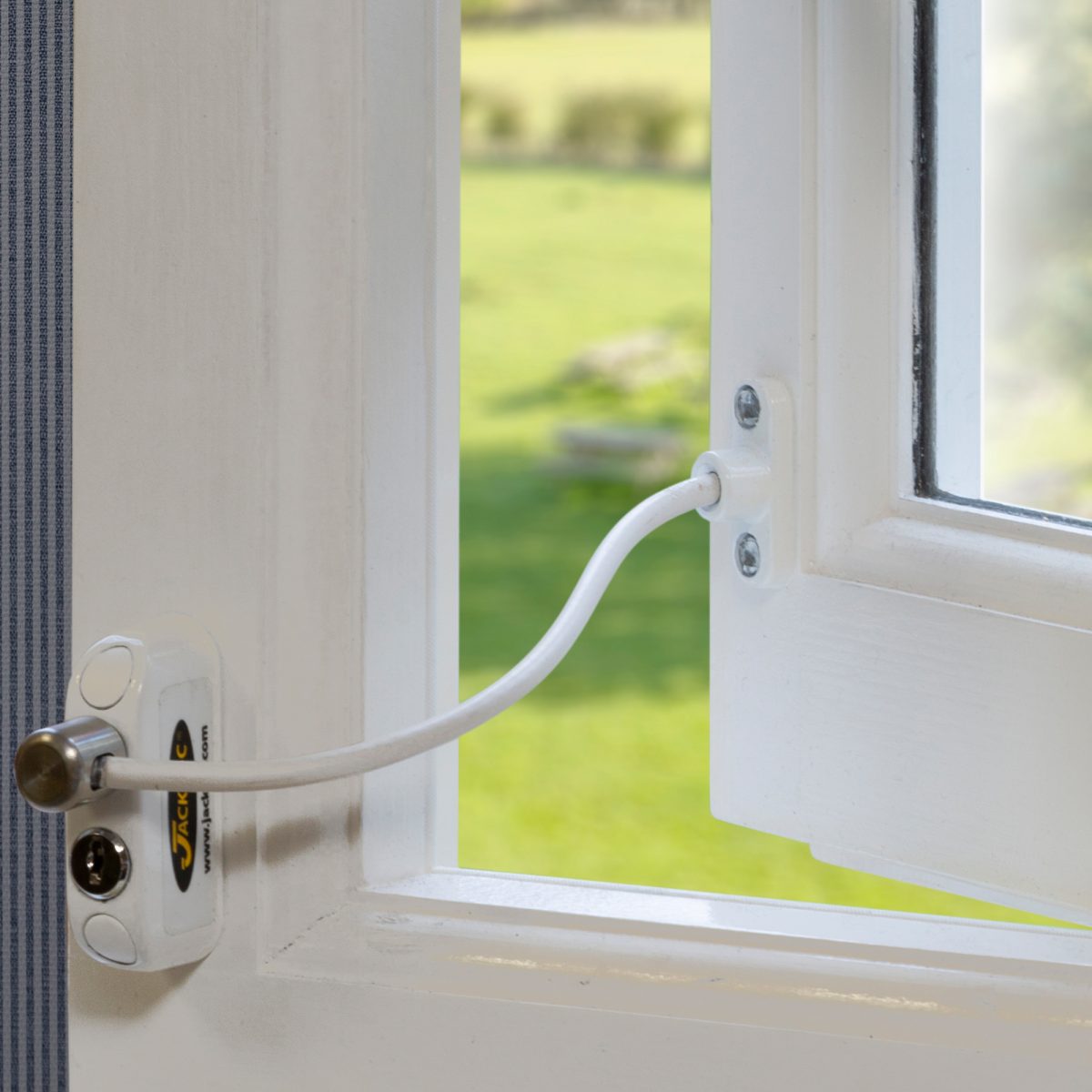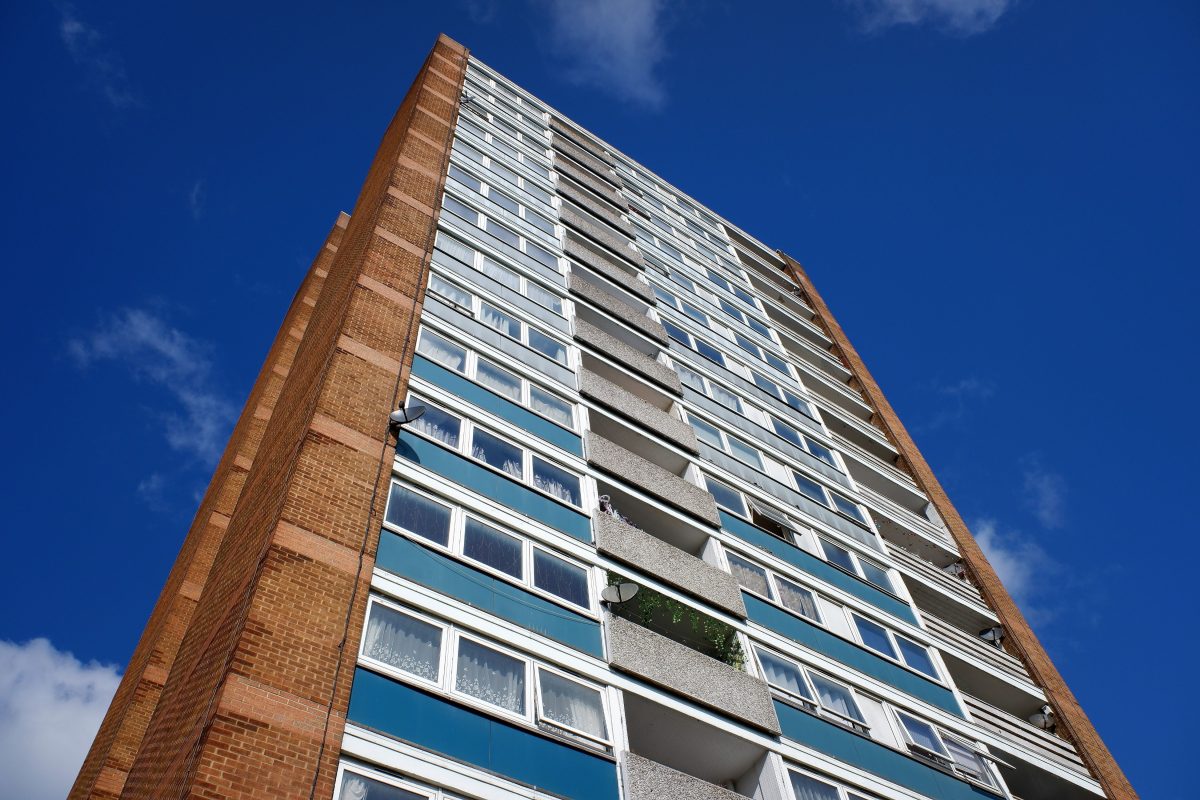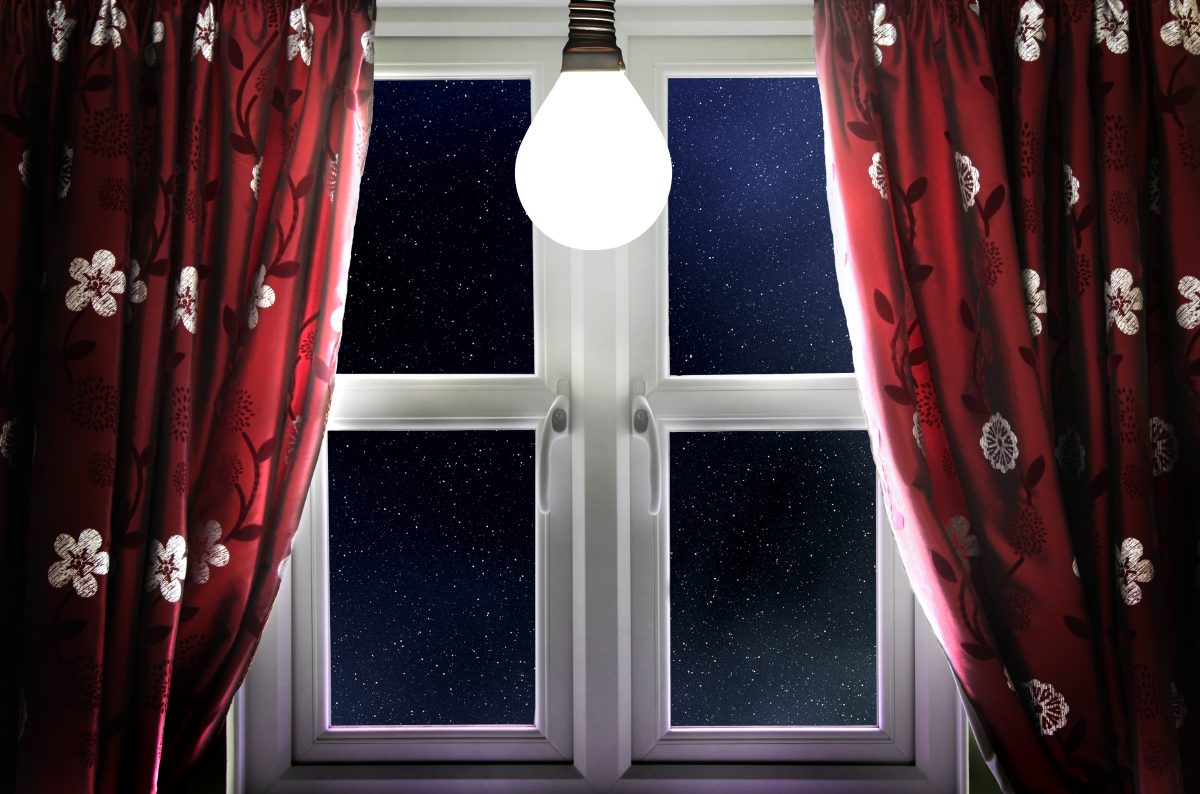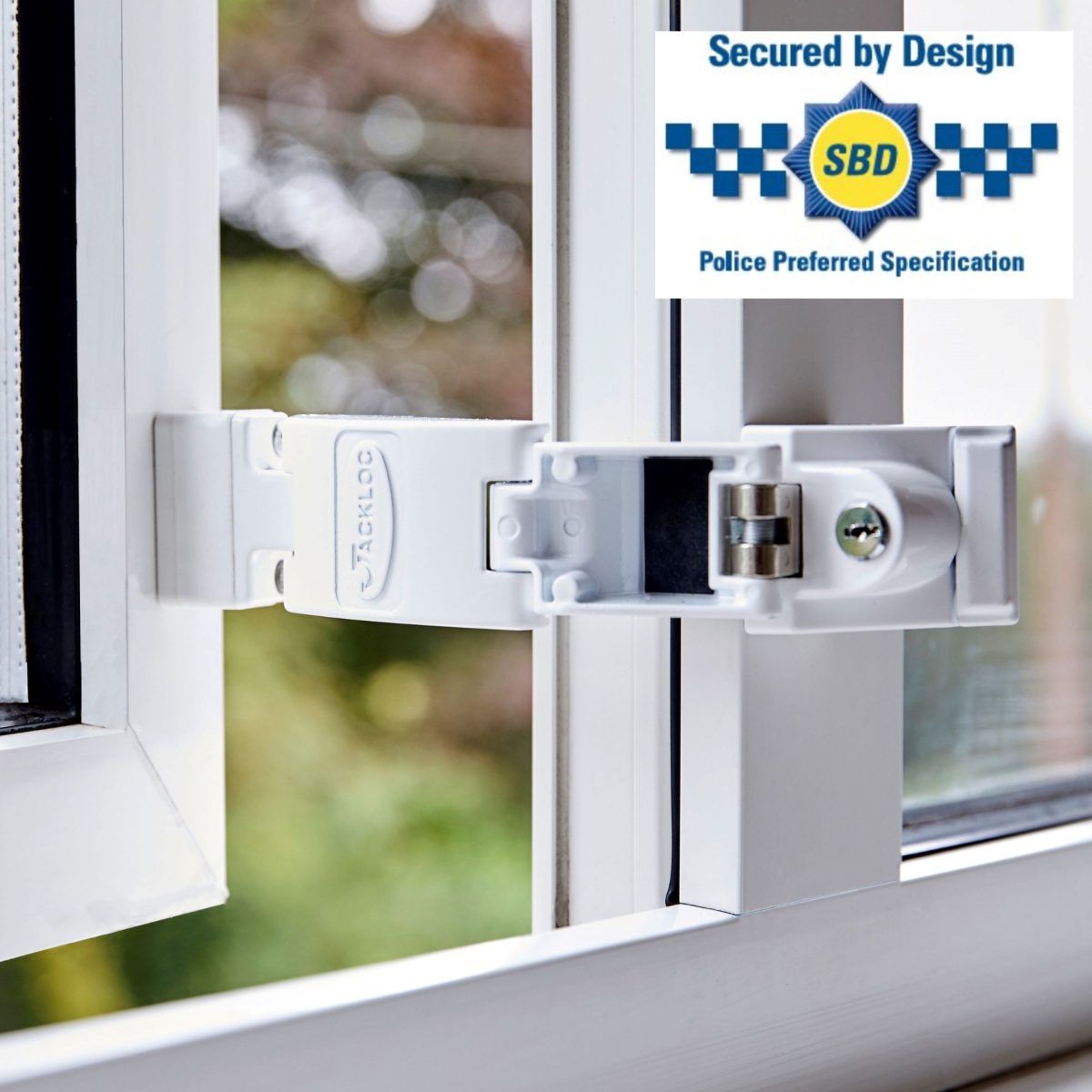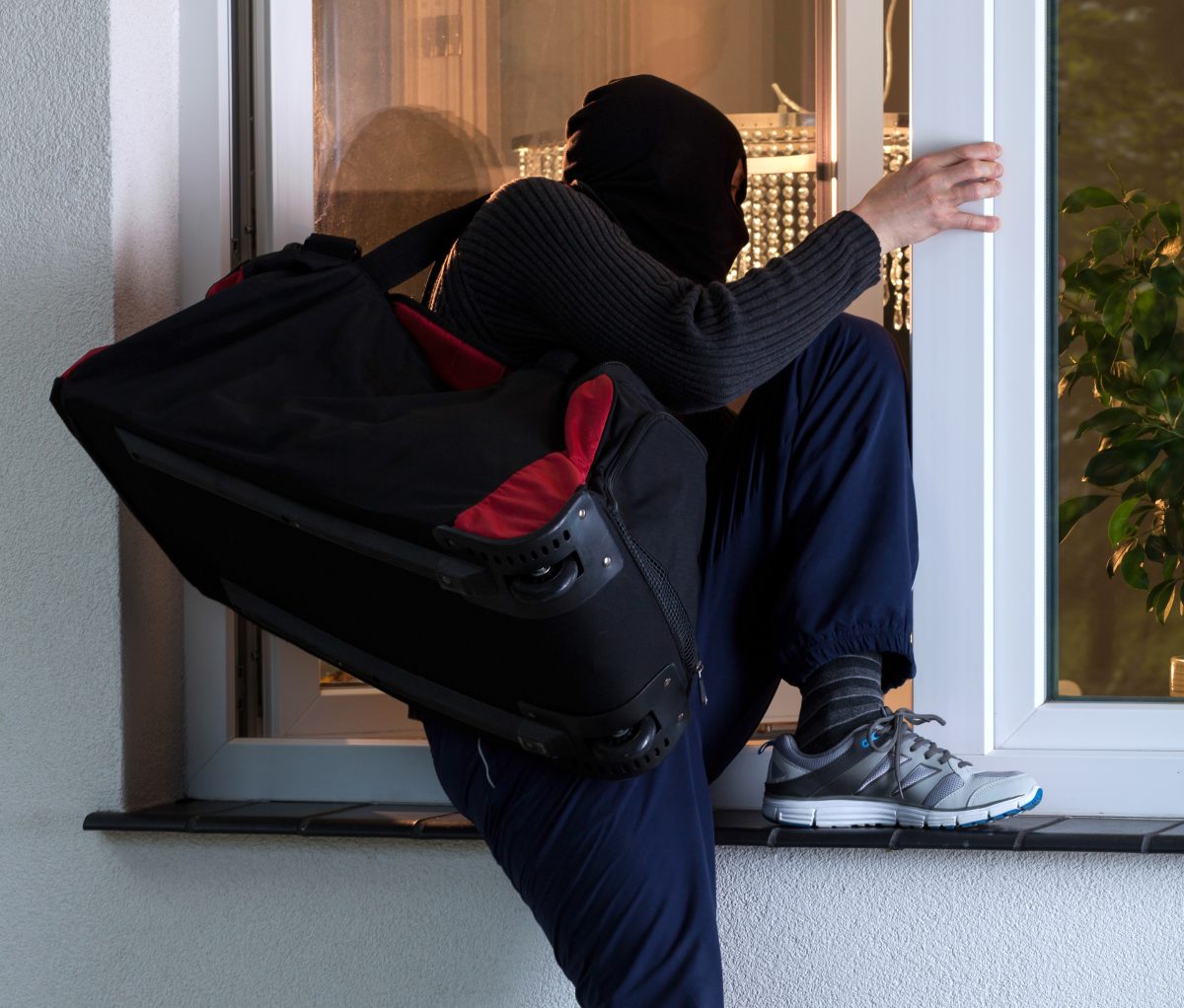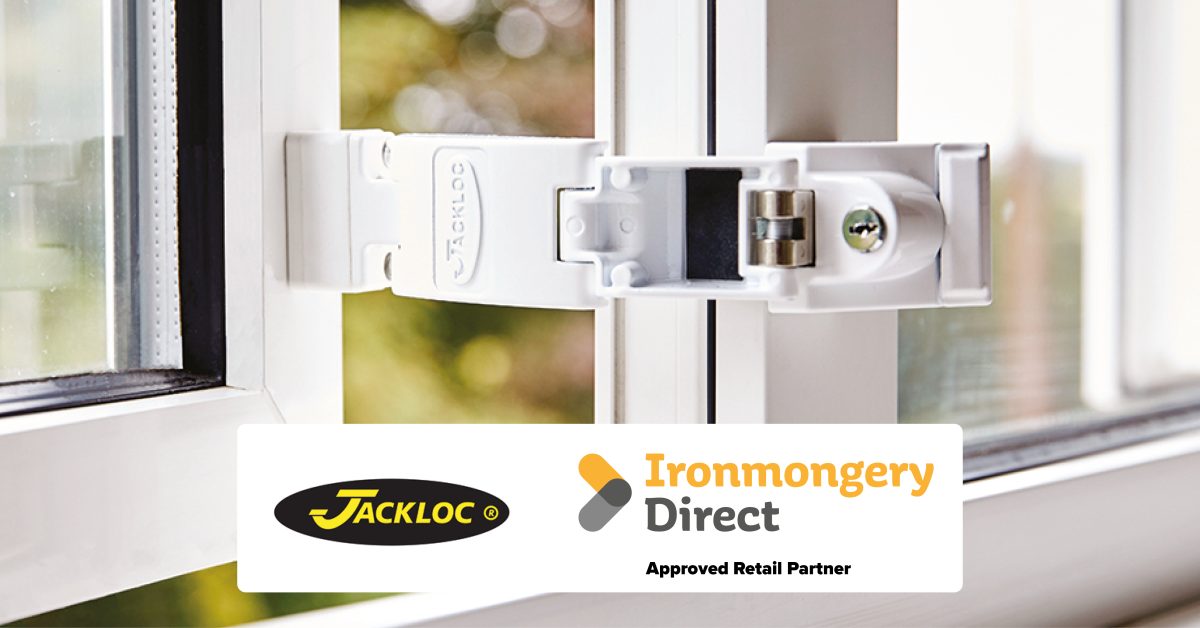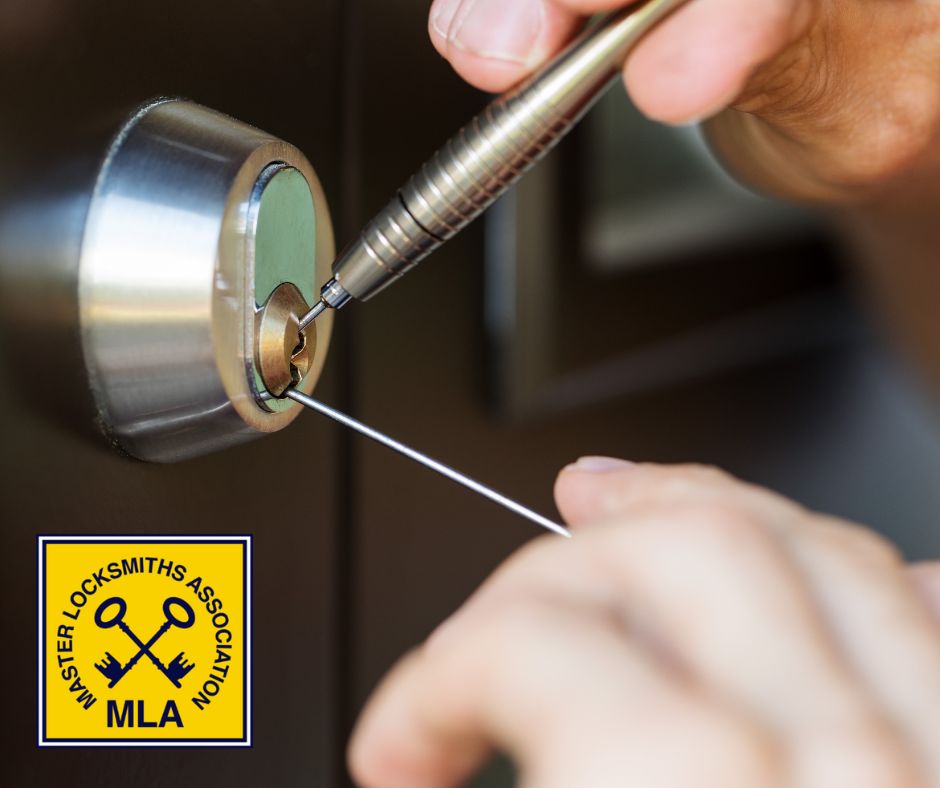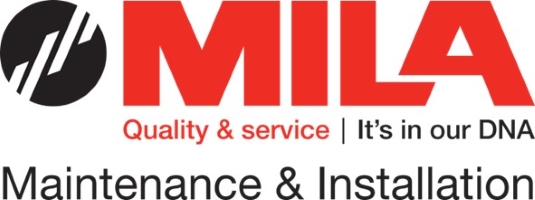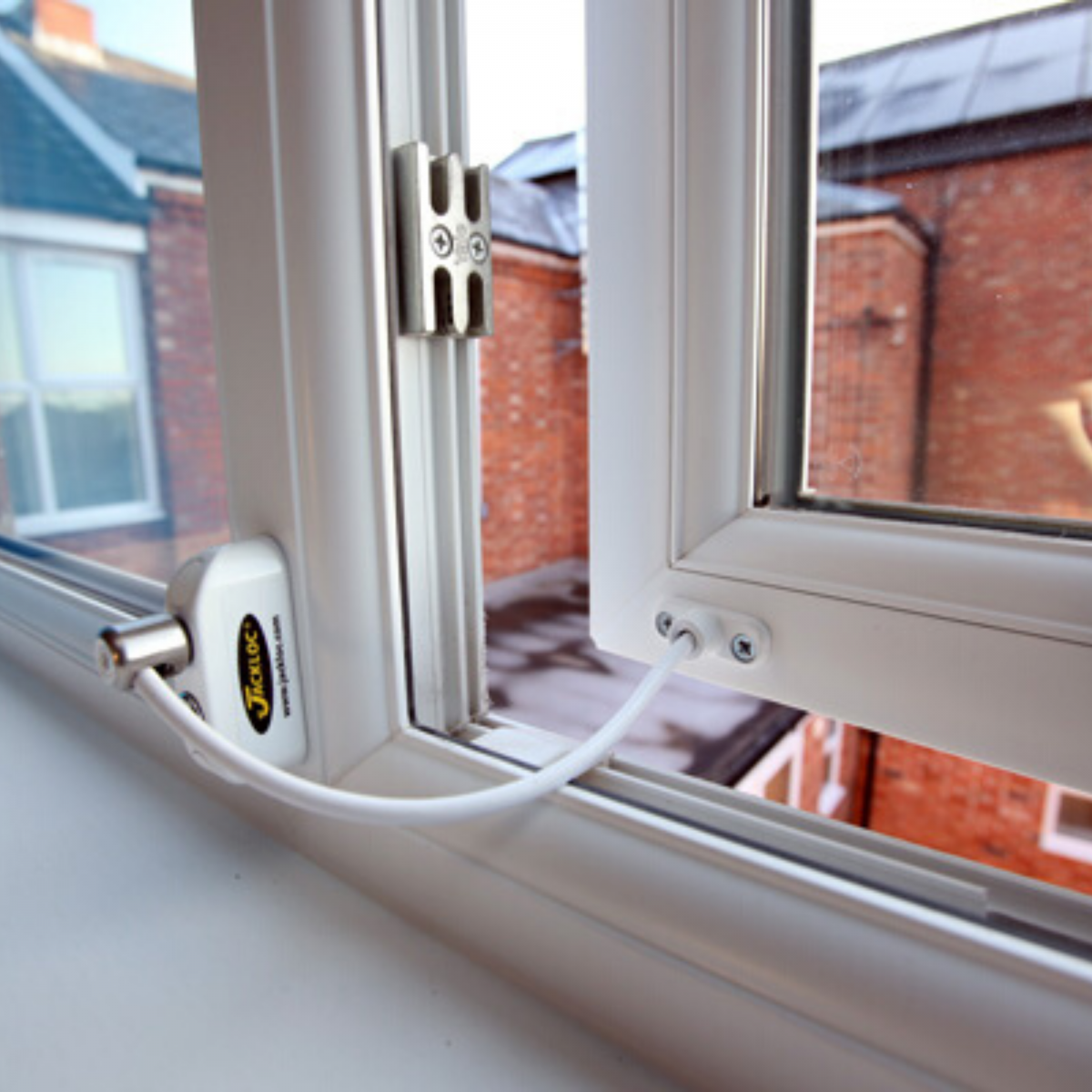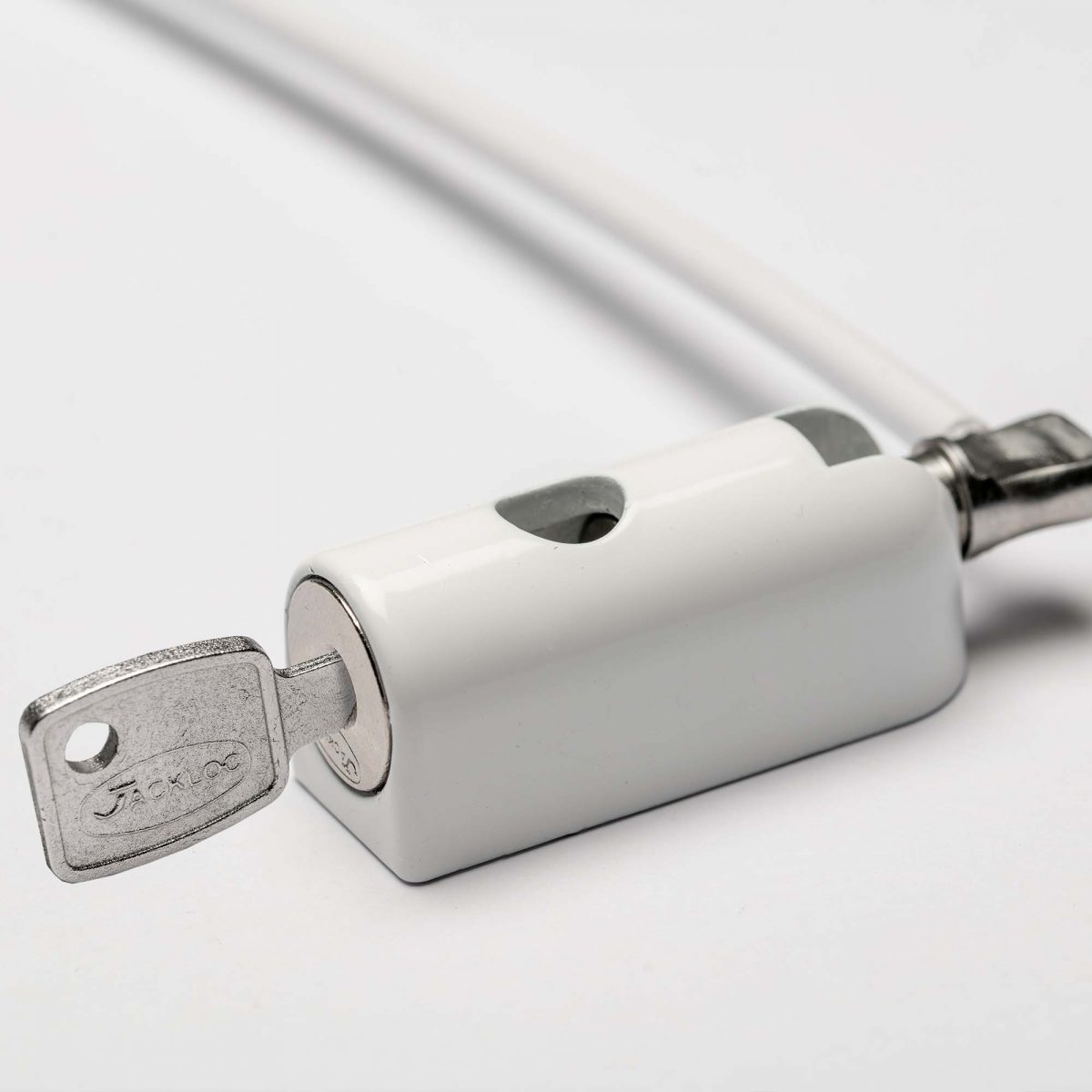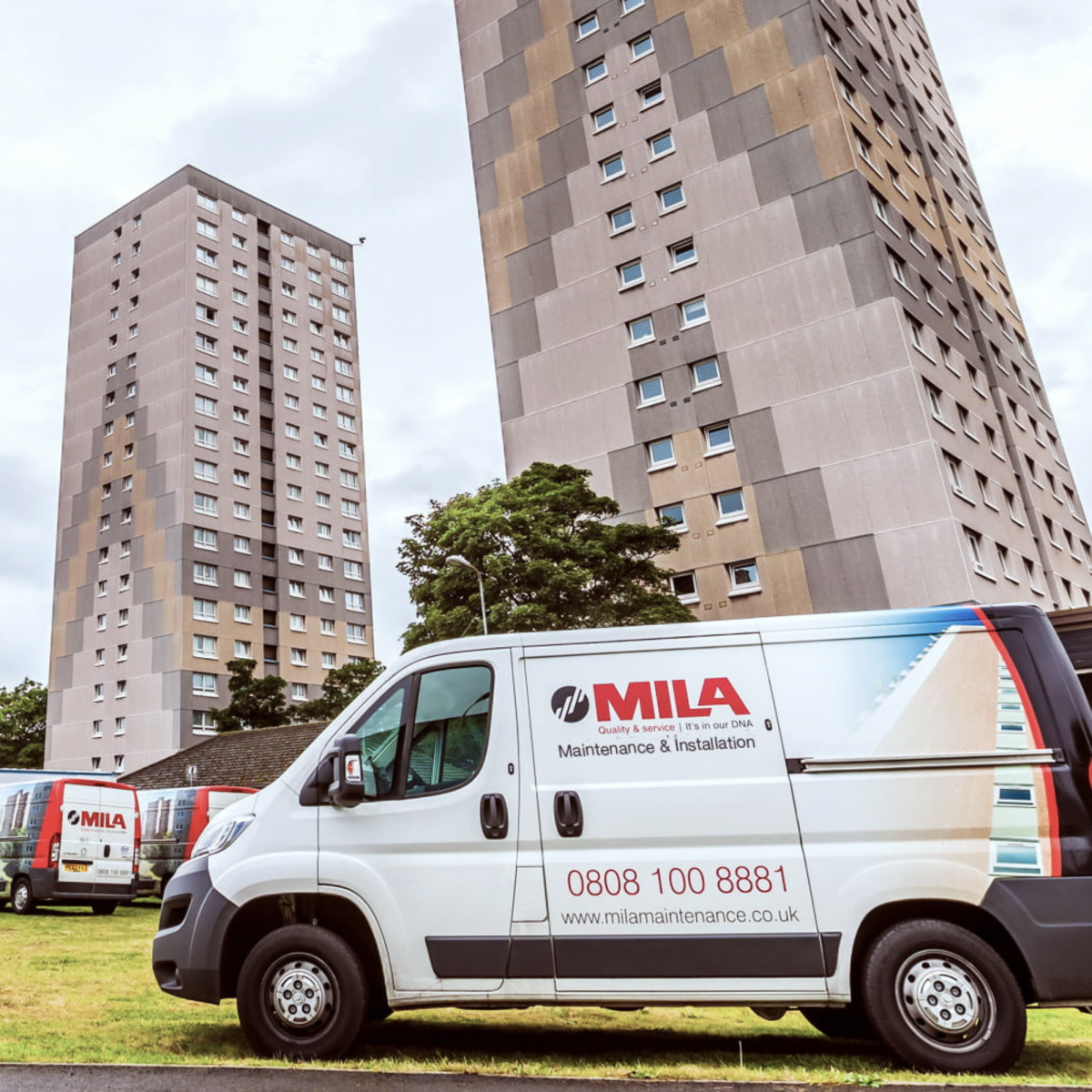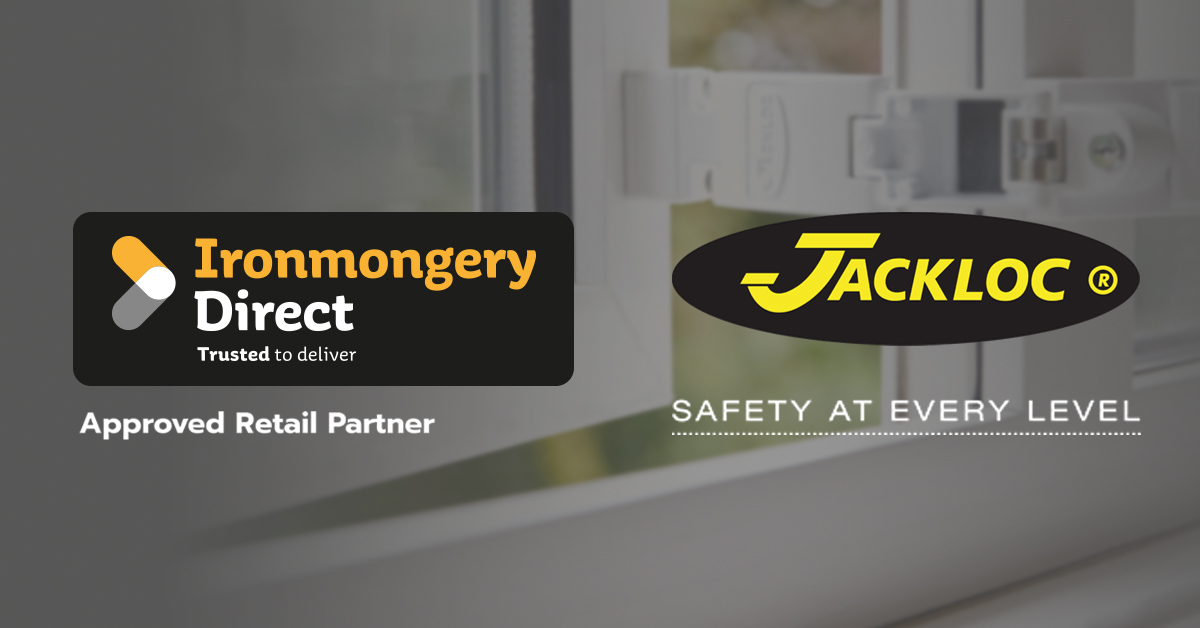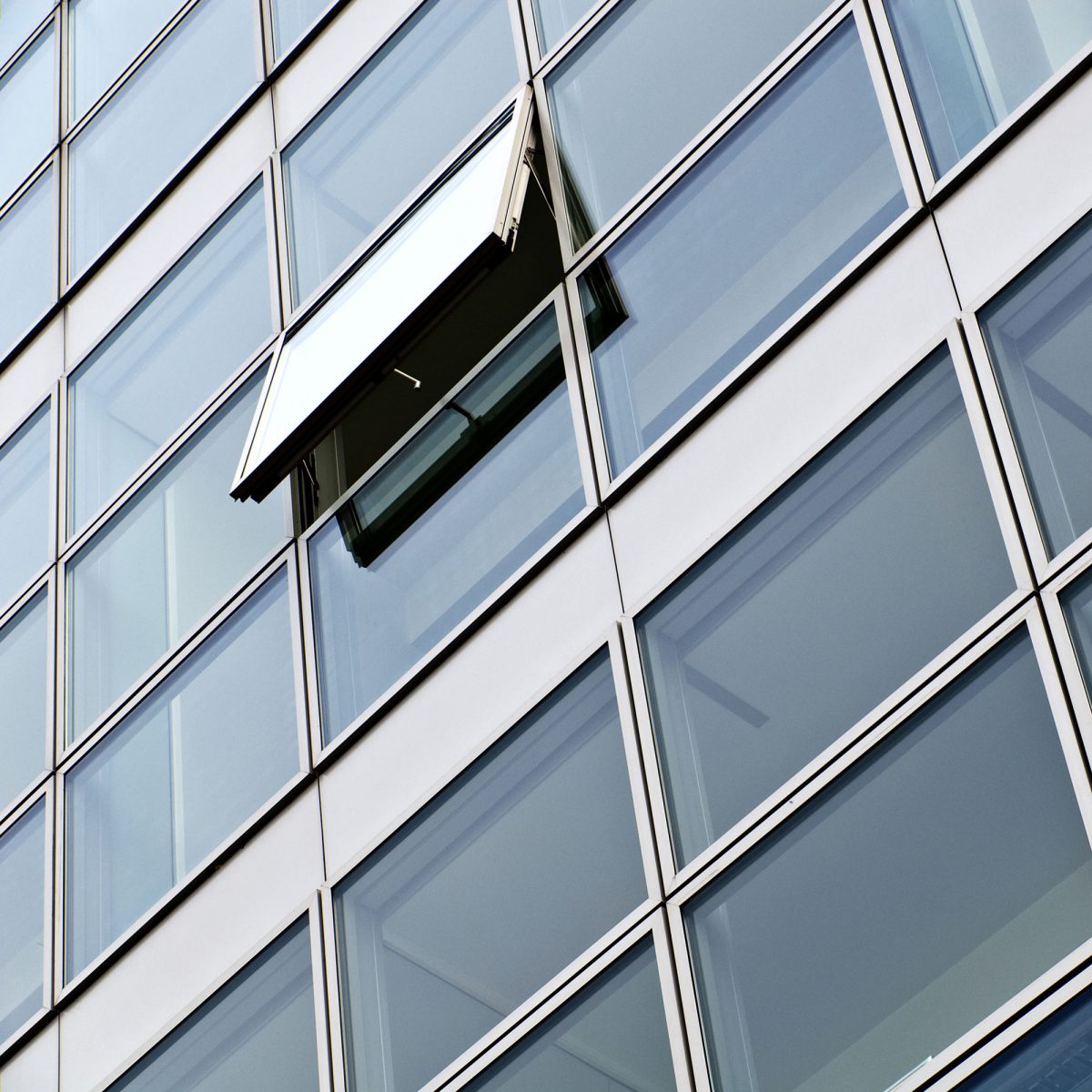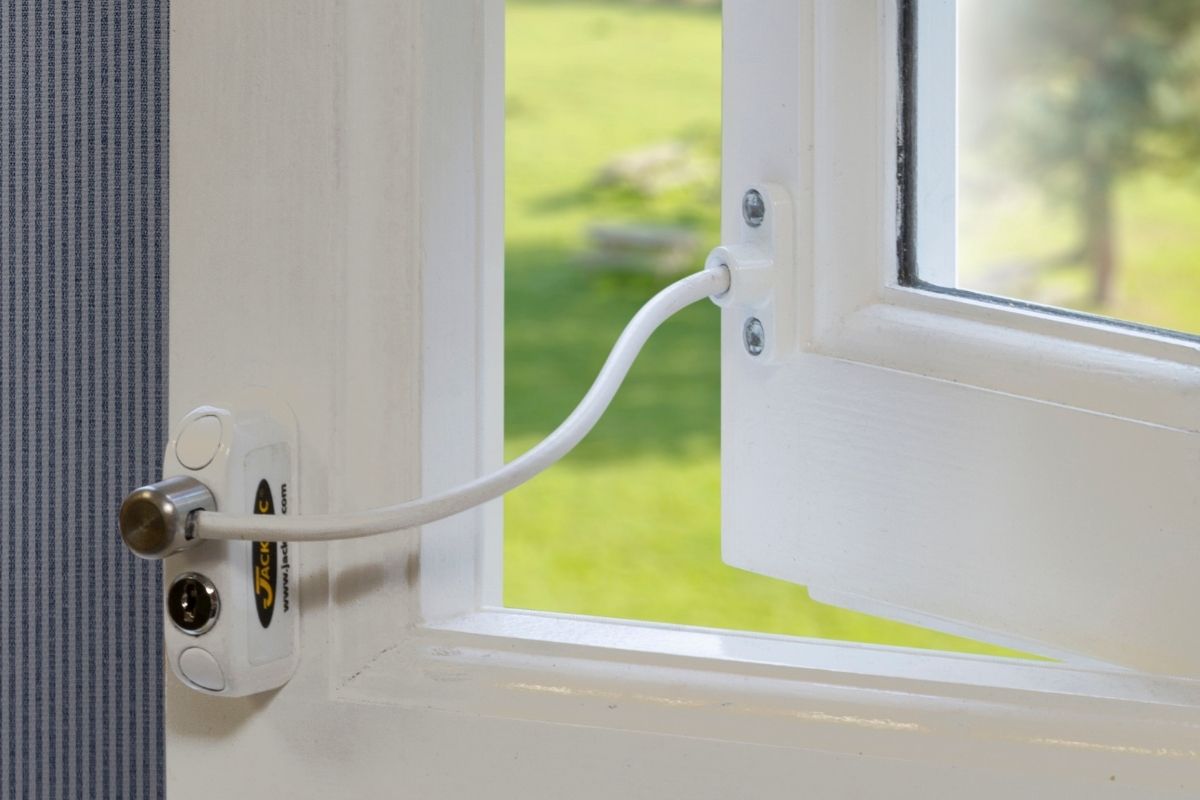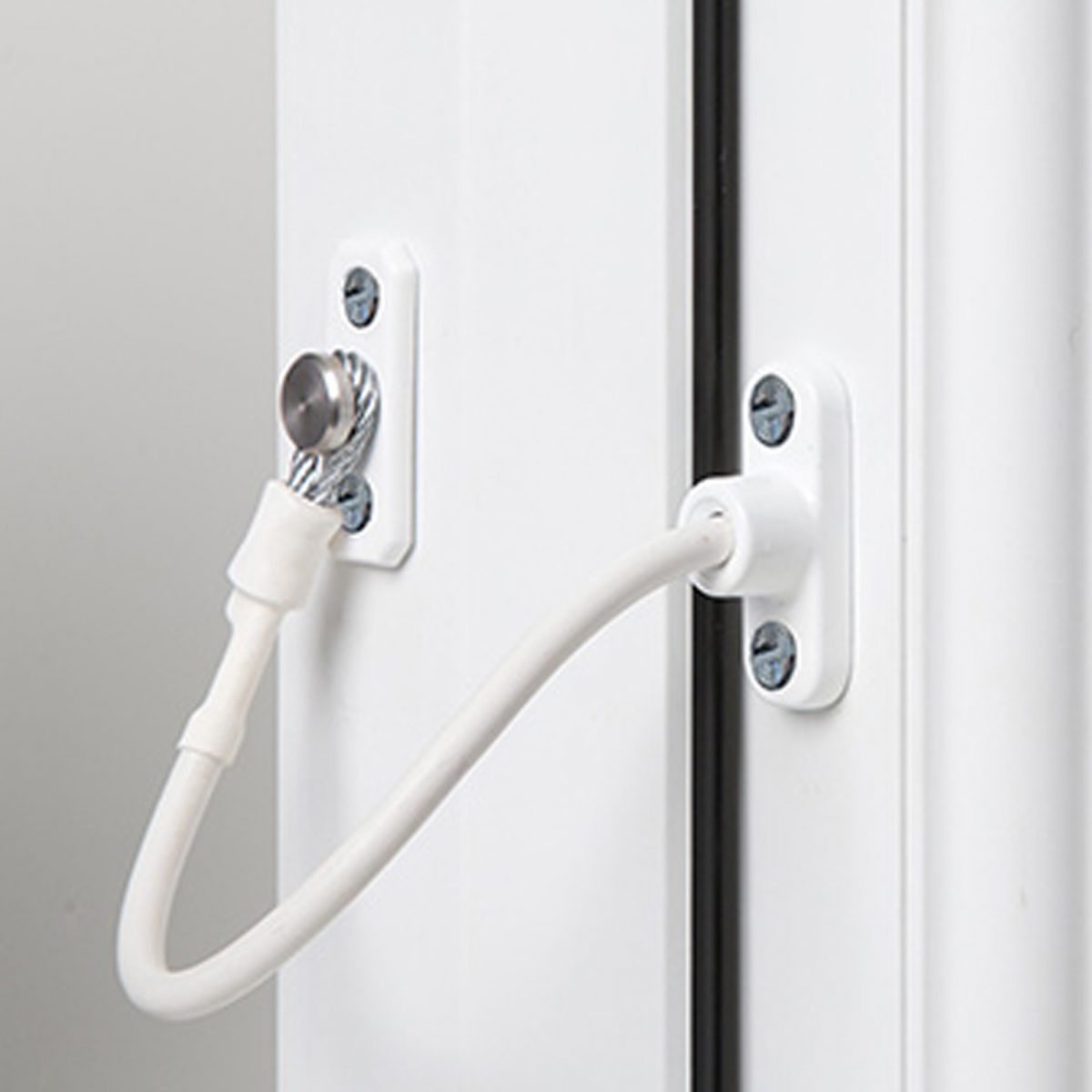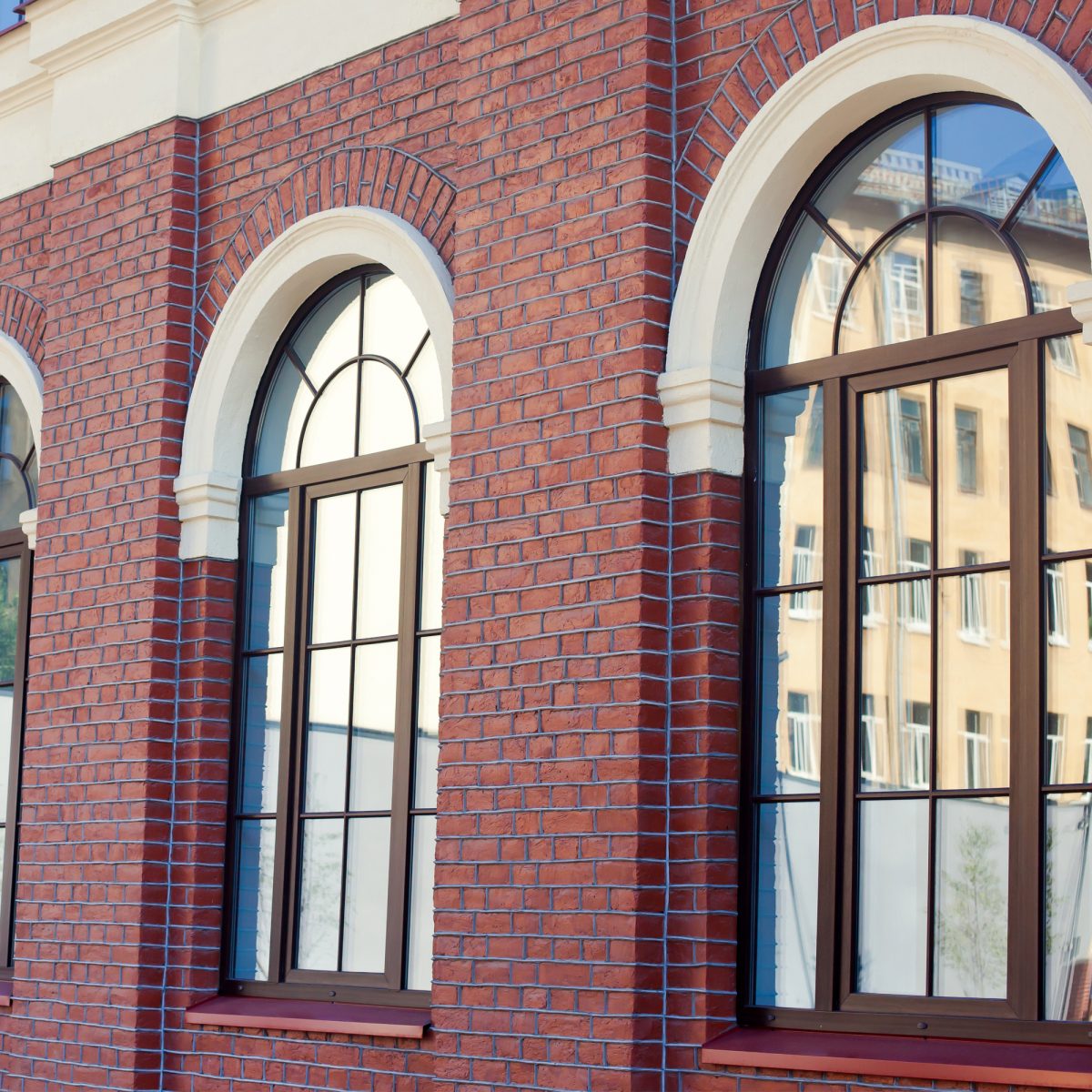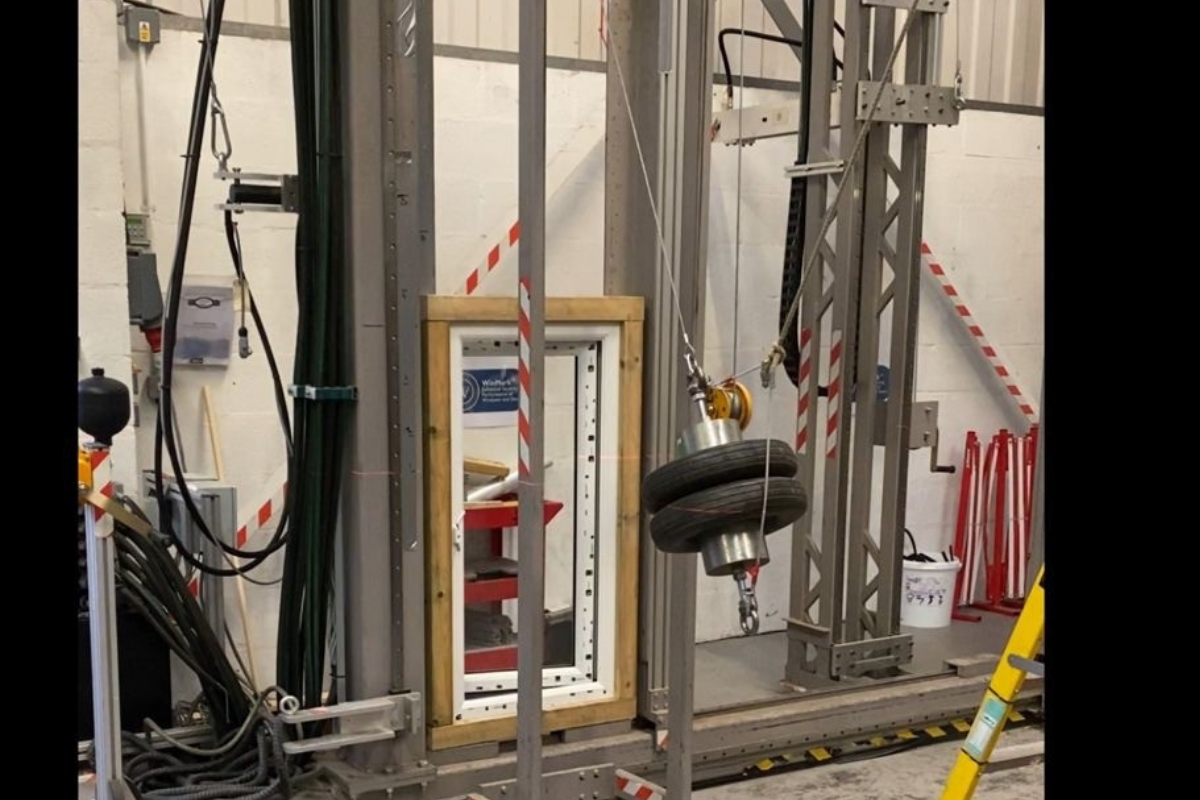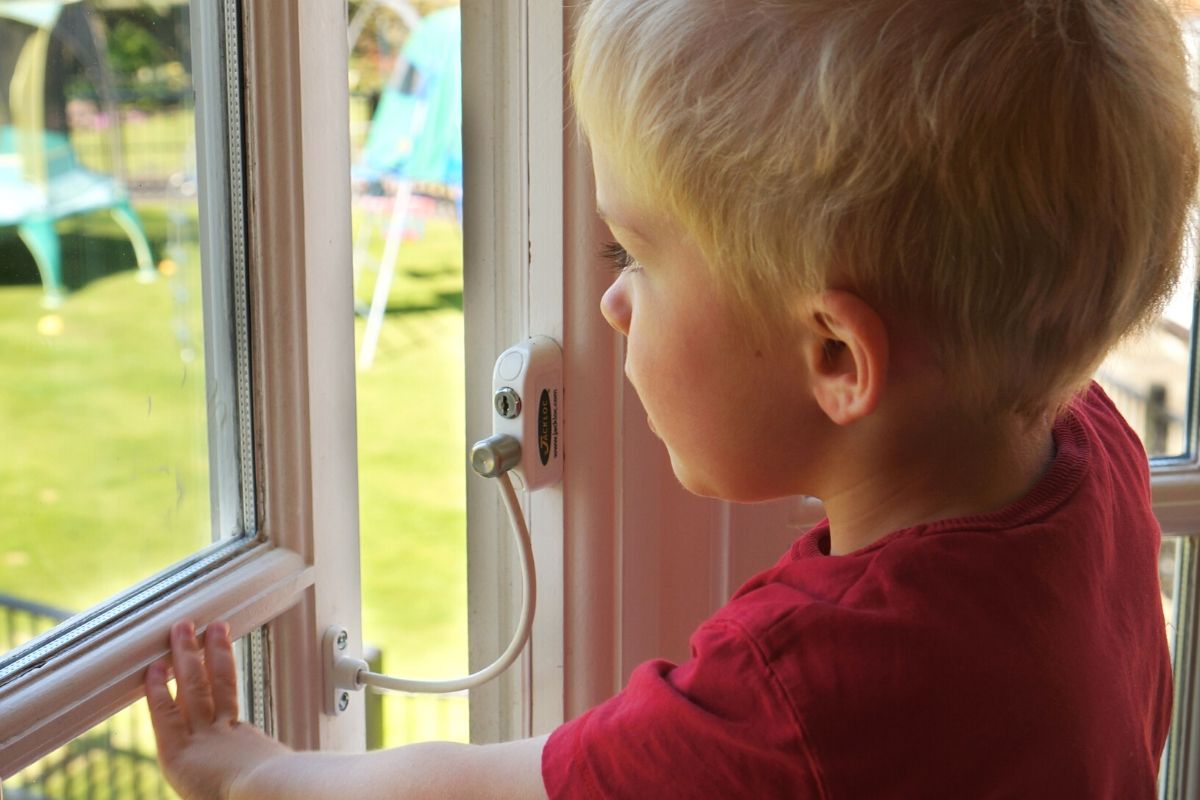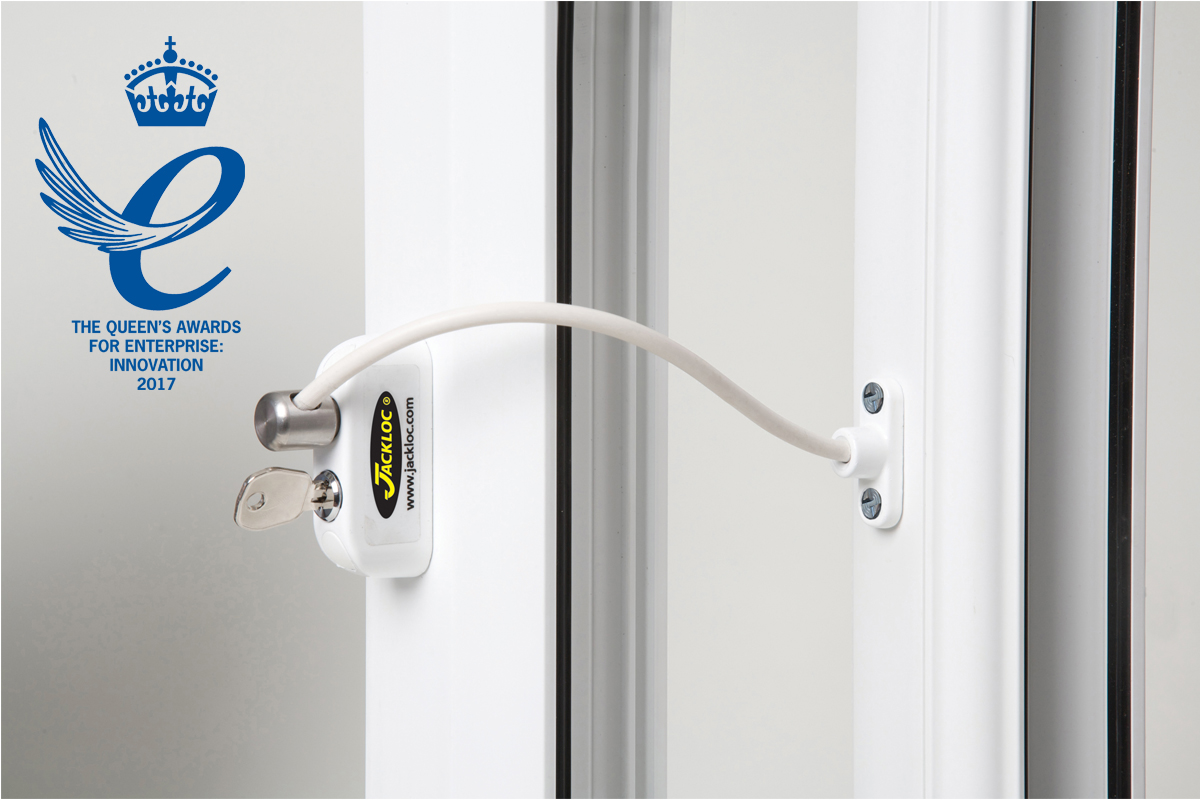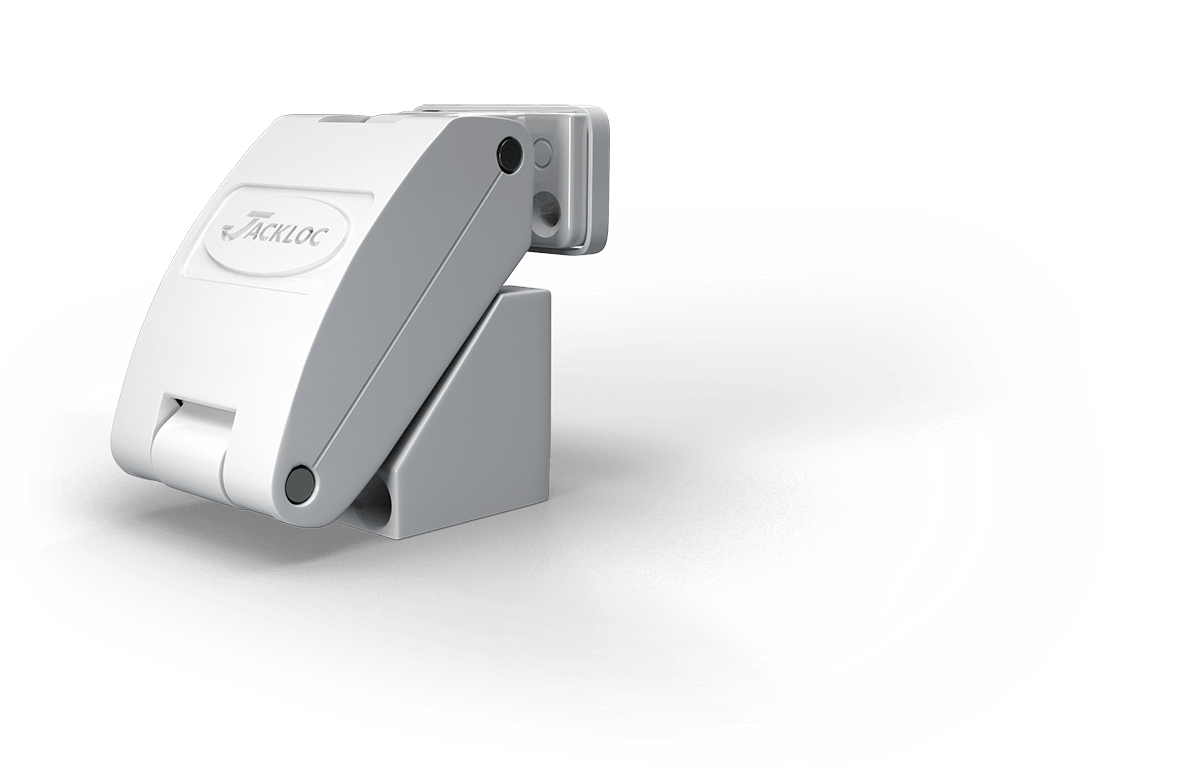The introduction of Awaab’s Law marks a critical turning point for housing associations and social landlords across the UK. The law came into effect on 27th October 2025, demanding urgent, proactive measures to ensure every home under social housing management is safe, healthy, and compliant.
Named after two-year-old Awaab Ishak, who tragically lost his life due to exposure to mould in his home, the legislation compels landlords to act swiftly on hazardous conditions. Emergency hazards must be investigated within 24 hours, with clear timelines set for remediation. While the headlines focus on damp and mould, there’s another critical safety issue that can no longer be overlooked: window safety.
Window safety: a hidden but preventable hazard
Many children in social housing are still at risk from unsafe windows. Broken or missing window restrictors remain common, and too often, properties lack even the most basic safety measures to prevent falls.
Homes across England are frequently missing window restrictors entirely, or existing devices fail to meet required strength standards. These failures have led to preventable injuries and, in some cases, fatalities.
Falls from windows are not isolated incidents. They are structural hazards that can, and should, be prevented through proper installation, maintenance, and use of tested restrictors.
What Awaab’s Law means for landlords and housing associations
Under the new regulations, housing providers are legally obligated to:
- Investigate reported health and safety hazards within 24 hours
- Take immediate action to make safe any identified emergency hazard
- Complete permanent repairs or provide alternative safe accommodation within defined timeframes.
This new framework places clear responsibility on landlords to identify and mitigate all risks that could endanger residents, not only those related to damp and mould, but also physical safety hazards such as unsecured or faulty windows.
Broken restrictors or missing safety devices are potential emergency hazards. Landlords must demonstrate that their homes meet the Decent Homes Standard, which includes adequate measures to prevent injury and maintain a safe environment for occupants.
The importance of high-quality, rigorously tested window restrictors
It’s not enough for a window restrictor to exist; it must perform as intended when it matters most. Sub-standard or poorly tested window restrictors can fail under pressure, compromising both safety and compliance.
Every Jackloc product is engineered, manufactured, and tested in the UK to provide ultimate safety, security, and reliability.
Our restrictors are:
- Tested beyond 3,600N force (exceeding BS EN 13126-5 standards)
- Designed for longevity and resilience in both domestic and commercial environments
- Versatile to suit different window types and materials
- Used across housing associations, care homes, hospitals, and local authorities nationwide.
This commitment to quality ensures peace of mind for landlords and compliance officers. When a restrictor is fitted, it must do what it says it will – prevent a fall, protect a life, and meet the legal expectations of safety legislation like Awaab’s Law.
Practical steps towards safer, compliant homes:
- Audit existing window restrictors across all properties
- Replace any damaged, missing, or non-compliant restrictors
- Specify restrictors are tested beyond the standards to ensure long-term peace of mind
- Establish a regular inspection and maintenance protocol
- Work with accredited suppliers and installers who understand compliance requirements.
By acting now, housing providers can demonstrate due diligence, align with the intent of Awaab’s Law, and uphold their duty to maintain safe, high-quality homes. When safety is prioritised, compliance naturally follows, ensuring residents live in houses built and maintained with genuine care and accountability.
